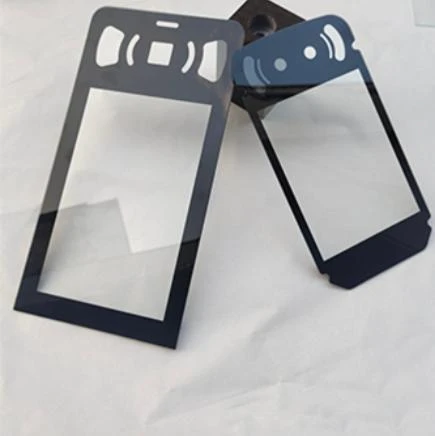10 月 . 12, 2024 09:55 Back to list
flat float glass
Flat float glass is a crucial material in the modern construction and architectural industries. Its production process, properties, and diverse applications make it a significant topic of discussion, particularly in the context of sustainability and innovation.
The float glass process, invented in the mid-20th century, has revolutionized glass manufacturing. In this process, molten glass is poured onto a bed of molten tin. The glass floats on the tin, creating a uniform thickness and perfectly smooth surfaces on both sides. This method not only ensures high optical clarity but also allows for large sheets of glass to be produced without the blemishes or distortions common in earlier manufacturing processes. The end result is a product that is versatile, aesthetically pleasing, and functional.
One of the most appealing characteristics of flat float glass is its transparency. This quality makes it a preferred choice for windows, facades, and skylights in buildings. It allows natural light to penetrate indoor spaces, reducing the need for artificial lighting and contributing to energy efficiency. Moreover, with advancements in technology, flat float glass can now be treated to incorporate various attributes such as ultraviolet (UV) filtering, thermal insulation, and even self-cleaning capabilities, further enhancing its value in modern architecture.
flat float glass

In addition to its aesthetic and functional properties, flat float glass plays a significant role in sustainability initiatives
. As urban areas become increasingly dense, the demand for energy-efficient building materials grows. Float glass can be manufactured to meet stringent environmental standards, and its recyclability further contributes to sustainable construction practices. When replaced or disposed of, flat glass can be recycled into new glass products, minimizing waste and conserving resources.The applications of flat float glass go beyond just buildings. It is extensively used in the automotive industry for windshields and windows, in furniture design for tabletops, and even in electronics for screens. Its versatility thus underscores its importance across various sectors.
As we move towards a more sustainable future, the role of flat float glass will continue to expand. Research and development in new coatings and treatments will likely lead to even more innovative uses, making it a key material in the quest for sustainable solutions in construction and beyond. In conclusion, flat float glass epitomizes the intersection of functionality, beauty, and sustainability, solidifying its status as a vital component in contemporary design and architecture.
-
Wired Glass: A Strong and Secure Glass Solution for Various Applications
NewsNov.04,2024
-
Tinted Glass: A Stylish and Functional Choice for Modern Homes
NewsNov.04,2024
-
The Elegance and Versatility of Silver Mirrors
NewsNov.04,2024
-
The Advantages of Copper Free Mirrors
NewsNov.04,2024
-
Tempered Glass: A Reliable Choice for Modern Applications
NewsNov.04,2024
-
Pattern Glass: Stylish and Functional Glass for Modern Design
NewsNov.04,2024
Related PRODUCTS














